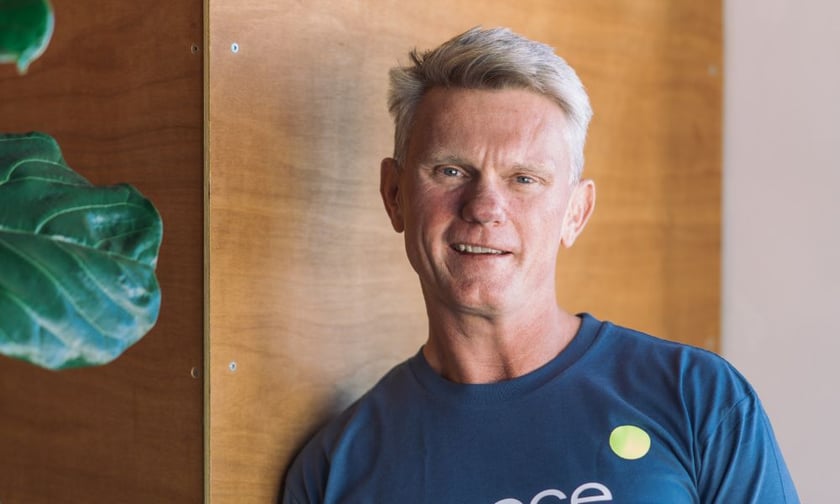

New Zealand, compared to other markets, is considerably young when it comes to parametric insurance. The country’s only earthquake parametric cover provider Bounce Insurance, for instance, was launched just two and a half years ago. Here Bounce founder and managing director Paul Barton (pictured) talks about what it means to be a new non-traditional player in insurance.
Bounce’s “shake and pay” proposition was introduced by Lloyd’s in March 2021 – more than a decade following the Canterbury earthquake sequence that saw hundreds of thousands in insurance claims, many of which took years to be settled. A contingent product designed to complement customers’ conventional property insurance, the policy features a pre-set payment trigger to provide immediate cash flow to insureds.
For the Wellington-based Lloyd’s coverholder, which is a 5-Star Insurance Innovator, there are two main things that it would like to see for the business: greater market awareness and broader scale in terms of product offerings.
“One challenge is raising awareness and educating the distribution market around the benefits of the parametric insurance policy,” Barton told Insurance Business.
“I think it’s about [brokers and other distributors] reaching into their customer bases and augmenting parametric into their solutions to provide a better overall proposition for their customers, and that takes education as well.
“It’s a new product – quite a different product – and you have to think through the proposition if you haven’t been exposed to it before, and that just takes time.”
Less than four weeks from now, the New Zealand Underwriting Agencies Council (NZUAC) is holding NZUAC Expo 2023, and Barton is looking forward to connecting with insurance brokers – who are invited to attend at no cost – as part of Bounce’s plan to strengthen its distribution capabilities.
The second challenge, Barton said, is scale.
“I don’t really mean that in terms of numbers; I mean that in terms of having sufficient product options that allows customers to buy solutions that actually mitigate the risks that are relevant to them on a parametric basis,” he explained.
“At the moment we do earthquake risk, which is a single-peril product, but it would be nice to be able to offer a broader breadth of solutions across the market, because I think that gives you scale and also market presence, which is really important when you’re starting out in a new business like this.”
Weather perils, according to the managing director, are “absolutely part” of the considerations now.
“It might have been unconscious prior to those weather events, but it’s very, very conscious now,” he told Insurance Business. “And I think you’ll see what I call sort of ‘insurance retreat’ before you see managed retreat around exposed regions. And I think we’re seeing it right now.
“I think premiums will increase around risk-affected regions and capacity will reduce, so it’s going to be a lot harder for customers to get the sort of covers they want for the price that they want to pay because insurance companies aren’t prepared to underwrite any longer, given the risks. And I think that creates an opportunity for alternative thinking for things like a parametric proposition.
“The beauty of a parametric is, one, it pays quickly once it’s triggered; two, the liability exposure in the claim settlement is completely capped. And I think that allows insurance companies and reinsurance companies to really understand and manage their exposure to those sorts of events.”
What do you think about this story? Share your thoughts in the comments below.
